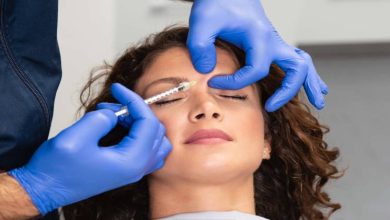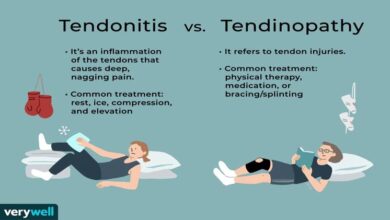What Six Factors Increase Your Risk of Developing Spider Veins?

Many people, especially adults, have developed skin discoloration near their surfaces. While this skin discoloration poses no health threat, it certainly interferes with your public interactions and self-esteem. Do you wish to eliminate these vein problems, otherwise known as spider veins Land O Lakes? First, it would help to know what increases your risk of developing this condition, as some people are more susceptible to spider veins than others. Some risk factors will only last briefly and disappear, while others may need lifestyle changes and medical intervention. Here are six risk factors that increase your risk for spider veins.
Aging
As you get older, you increase your risk of developing spider veins. However, it does not mean that you must get spider veins when you increase in age. Instead, aging causes your veins to weaken like the rest of your body. Your vein walls will weaken and not work as hard as when you were young and energetic. As a result, they will be more vulnerable to expansion, thus allowing blood to pool and lead to spider veins.
Genetics
Your genes play a role in almost everything concerning your body. Therefore, you will have an increased risk of developing spider veins if you have a family history. You will likely be born with weak veins and valves that have difficulty pumping blood back to your heart which may result in spider veins.
Hormonal Changes
Your hormonal levels tend to fluctuate at different times of your life. For instance, during puberty, pregnancy, and menopause, hormonal levels will vary by increasing at certain times and decreasing during menopause. Also, taking birth control medications containing progestin and estrogen hormones may cause hormonal fluctuations that increase your likelihood of developing spider veins.
Pregnancy
You have a highly increased risk of developing spider veins during your pregnancy. Why? Natural hormonal changes will take place to accommodate the new life living in you. The amount of blood in your body will increase, and because your uterus needs to create more room, your veins will experience more pressure. The increased amount of blood may enlarge your veins and place extra pressure on your valves and vein wall, leading to spider veins.
Extended Sitting or Standing
While your occupation may force you to maintain a certain posture throughout work, it may not be good for your health. Standing or sitting for long hours usually affects blood circulation in your legs, causing extra pressure on your veins. You can prevent spider veins from developing from this factor by taking breaks between your postures.
Overweight
Carrying that extra weight adds pressure and stress to your veins, causing them to bulge and expand. As a result, you can develop spider veins on your legs. You can work on reducing the extra ounce to achieve a healthy weight and lower this risk factor.
Spider veins develop when your veins enlarge and bulge because of poor blood circulation, leading to blue and purple coloring in your veins. They can develop anywhere but are fairly common around the face and legs, which are highly visible areas of your body. Therefore, eliminating them can be your best choice if you find them unpleasant, although they pose no health threats. You can learn about your risk factors first to know what to reverse if possible. Some risk factors, like pregnancy, are temporary and will disappear within the first few months after delivery.





